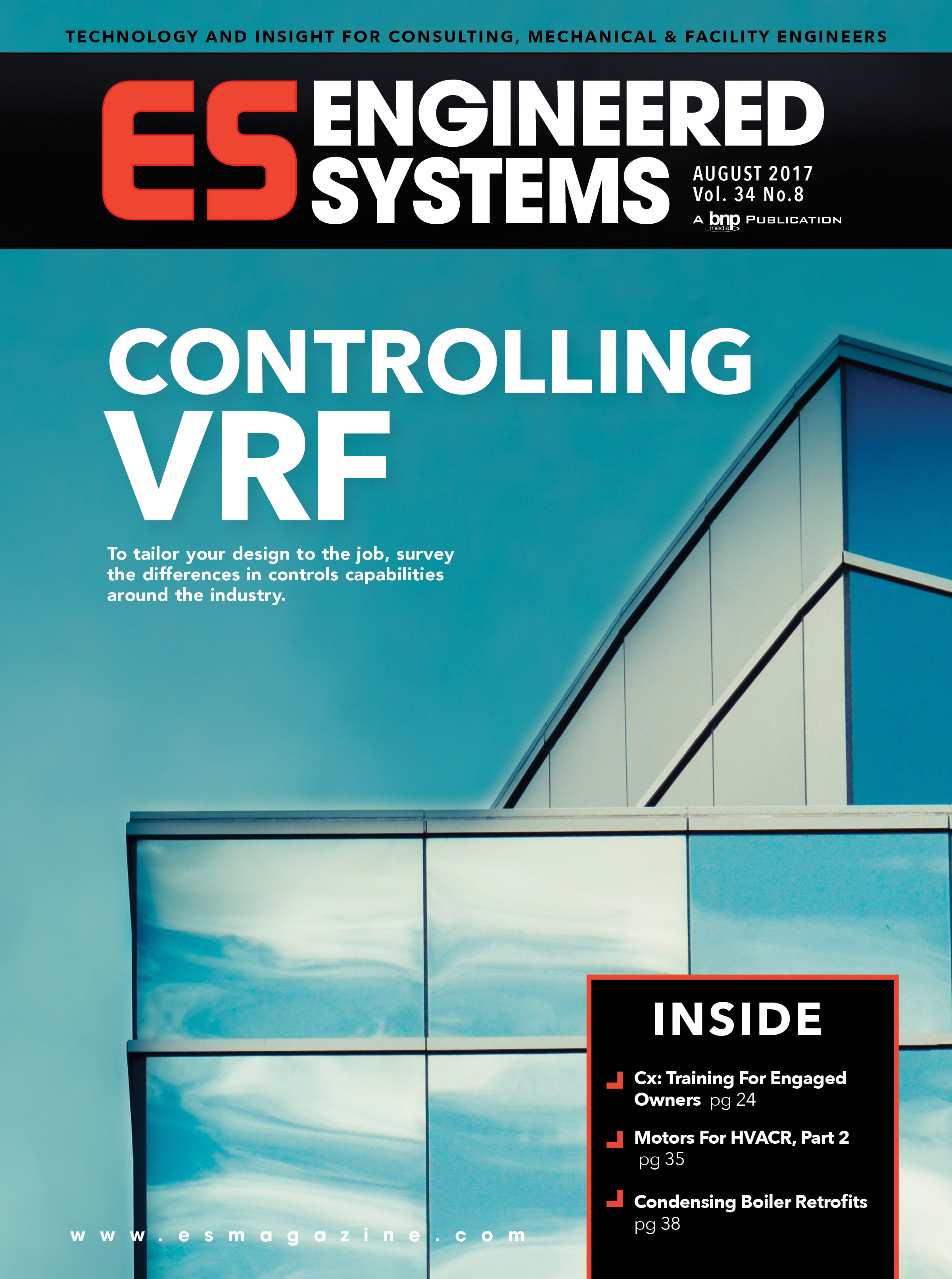The importance of solid training is to help ensure that the commissioned systems continue to operate optimally after the contractors and commissioning consultant are no longer actively engaged in the facility. Without transferring the body of knowledge regarding system design and operation intent to the people ultimately responsible for its proper operation, there is no reason to expect the systems to function as intended.
Active Training
In the June 1998 column, I focused solely on the construction phase commissioning activities. Those are critical for educating the O&M staff assigned to the systems immediately following turnover from the contractors. However, they are typically one-time "events" during which perfect communication and understanding are assumed to occur. This is someone's wishful thinking and doesn't serve the facility operators very well in the long run.To best prepare the owner's personnel for long-term optimal operation, something more than a single-pass training approach is necessary. This is important for the following reasons:
- No matter how well the training is planned, there is no guarantee that all the people who need to be trained will be in attendance at all construction-phase training sessions. The inherent dangers associated with newly trained staff training other staff are obvious, as are those associated with "self-trained" staff.
- The people who participate in the initial training are only human, and their ability to absorb the quantity of information presented is limited.
- The memories of the training participants will grow dim over time if they are not actively engaged on a daily basis with all of the systems on which they were trained. The intent of most bas today is that they "run themselves" with minimal interaction from the operating engineers. Therefore, daily interaction should not be the norm on many building systems. The long-term impact of the initial training is reduced by the lack of opportunity trainees have to apply what they learned; newly learned knowledge and skills will rapidly degrade.
- The trained individuals are probably not going to be assigned to those systems throughout the entire life of the systems. New people will inevitably be introduced to the facility management team as a result of promotion and inevitable attrition in the workforce.
Keeping It Right
With a single construction-phase training "event," the knowledge transferred starts to be lost as soon as the attention of the trainees is directed elsewhere and turnover of personnel begins. This month's column is the beginning of a series about training for the long run; a training "program" in addition to a training "event." The name of the column should probably be temporarily changed to "Keeping It Right."
In subsequent months, we'll walk through a process by which the planning and preparation for a comprehensive, customized training program can be part of the commissioning process. This will begin with an assessment of the owner's training needs, current training programs, and trainee skill sets. The menu of options for a training package could include reference documentation such as enhanced and indexed O&M manuals, system operation narratives, and quick-reference "job aids." It might also include training documentation such as training checklists, computer-based training modules, and evaluation materials.
I want to note that videotaping of training is not going to be high on the priority list due to its questionable value from a cost-benefit standpoint. There is a high cost associated with good-quality videotaping, especially for "in the field" training on equipment maintenance and troubleshooting. Its benefit is limited to a very short period of time before the systems covered in the training start to change. There is literally no future flexibility for updating videotaped training to keep pace with system modifications and improvements.
The goal of this planning is to have the program in place and usable at the time the O&M staff take over the building systems. With a program in place, the owner and the O&M staff will reap long-term benefits from the construction-phase training. ES



